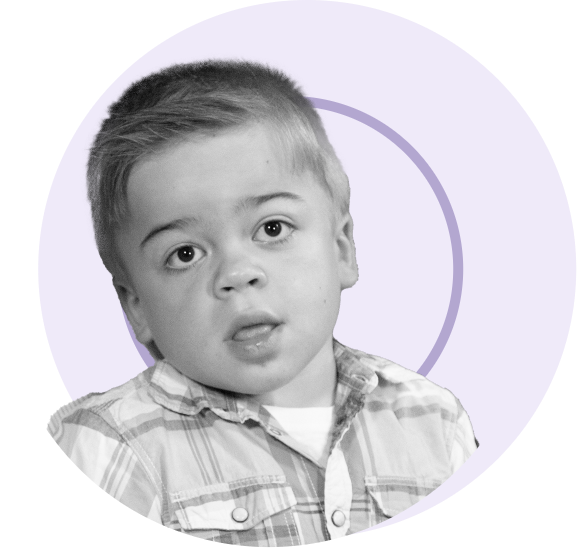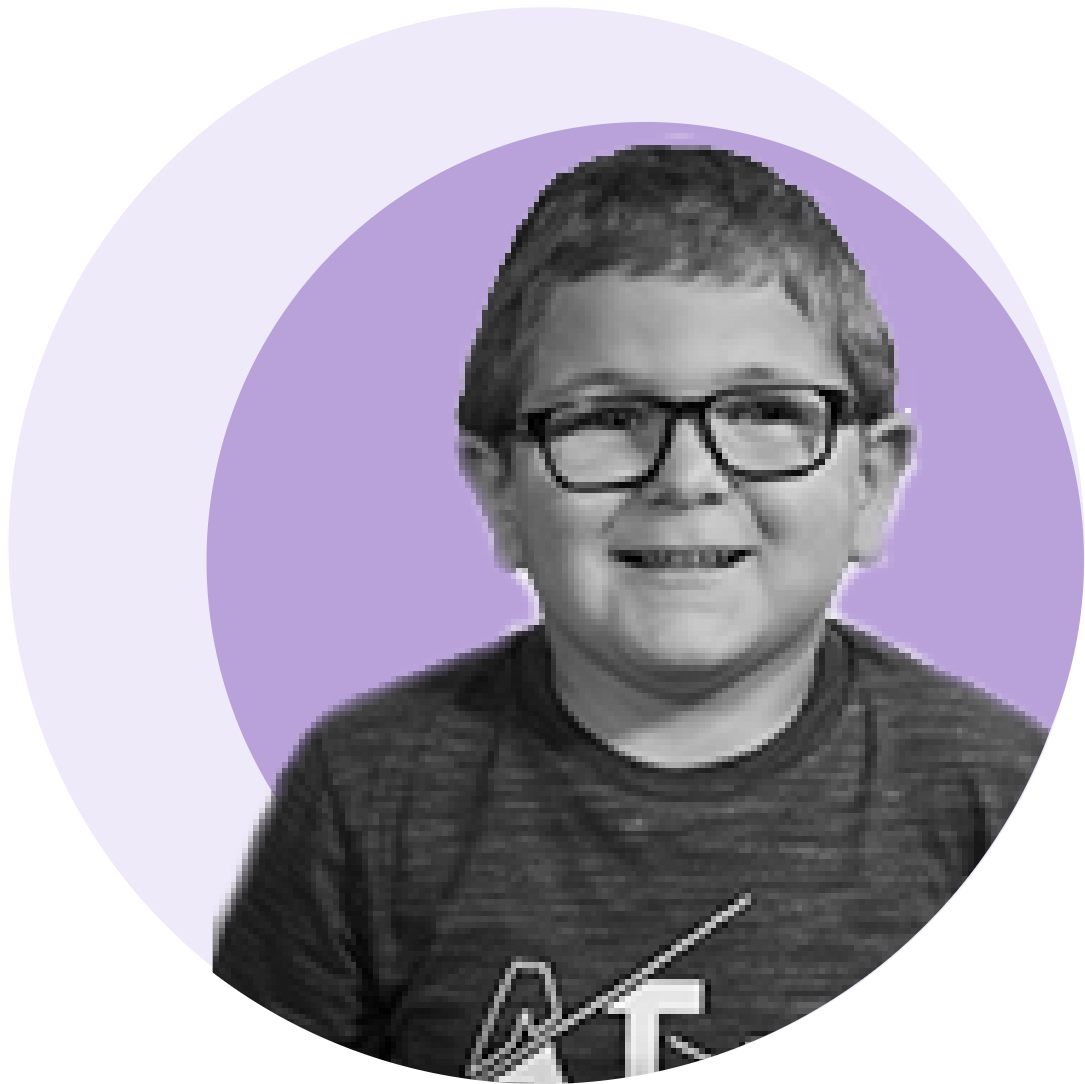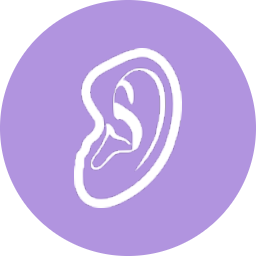This site is intended for u.s. audiences
This site is intended for u.s. audiences
MPS II (Hunter syndrome) is one of seven types of MPS disease, and is estimated to affect 1 in every 162,000 infants born. It is unique from the other types as it only affects boys (apart from in exceptionally rare cases). This is because Hunter syndrome is X-linked, meaning it is inherited differently than other MPS disorders. Simply put, this means that females can usually only be carriers of the gene affected by Hunter syndrome, whereas their male offspring can inherit and be affected by the disease.
If you have MPS II or are a caregiver for someone with MPS II, join our Community Facebook Page.


Hunter syndrome, like all MPS diseases, can be very difficult to diagnose because it affects each person differently. The signs and symptoms can appear at different times and often overlap with common childhood complaints.

Frequent ear infections

Persistent runny nose

Frequent colds

Recurrent watery diarrhea

Umbilical hernias

Joint stiffness

Inguinal hernias

Coarse facial features

Enlarged abdomen

Enlarged tongue and tonsils
By getting involved and raising awareness of MPS II this MPS Awareness Day, we can help patients and their families #ChaseTheSigns toward a diagnosis, and get access to the care and support systems that they deserve.
GET INVOLVED
Being aware of the signs and symptoms can help identify and diagnose patients with MPS II as early on as possible, saving valuable time on what can be a long and winding diagnosis journey. Similar to other forms of MPS, it is often a combination of common symptoms in rare clusters that can point doctors toward an MPS II diagnosis, so learning to look at individual symptoms in relation to one another is often the key to revealing their true cause.